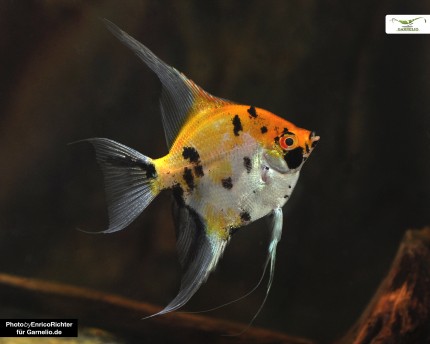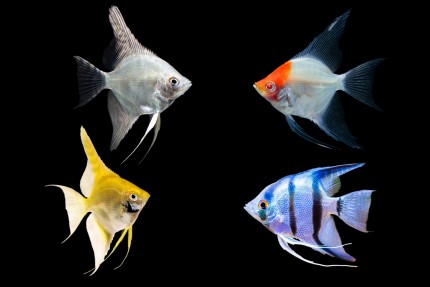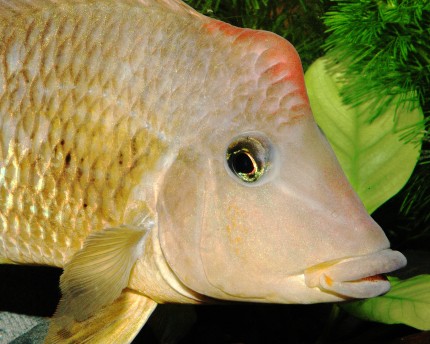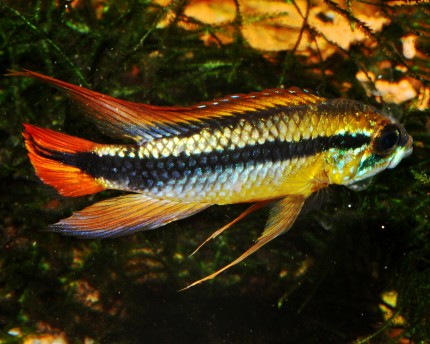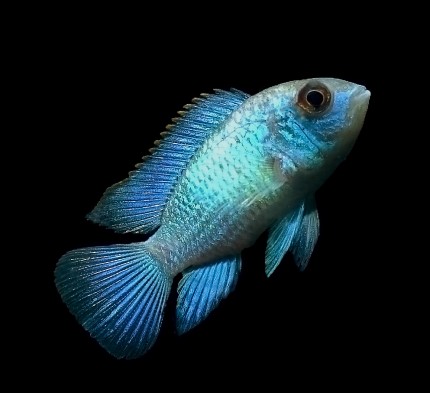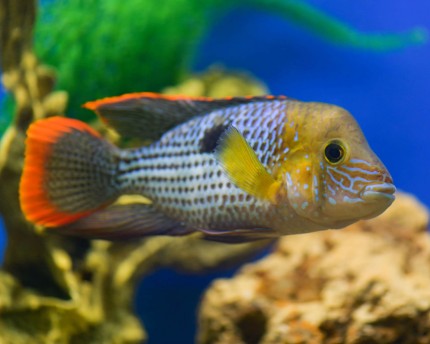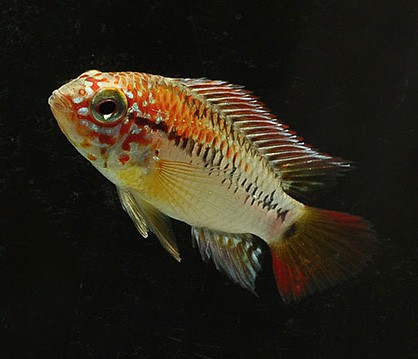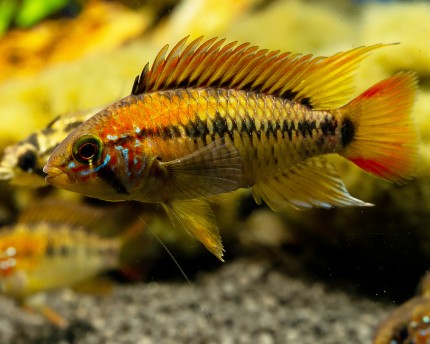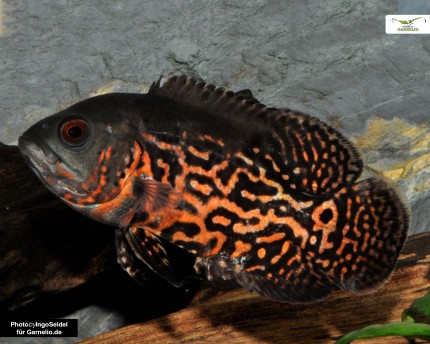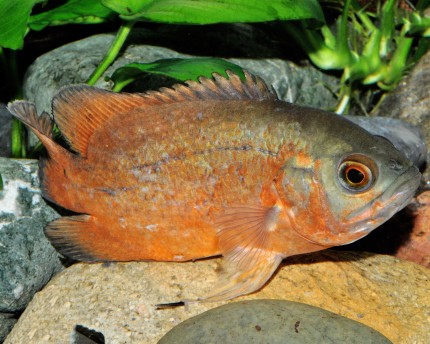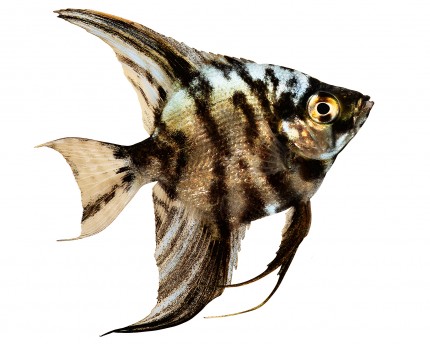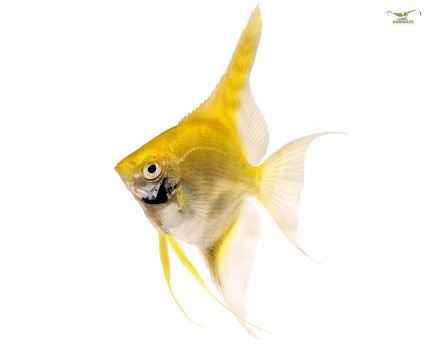Cichlids from South America in the wild
The larger South American cichlids often serve as food fish in their native country, and so it can happen that you find yourself eye to eye with Astronotus ocellatus, the peacock-eyed cichlid or Oscar, at a market stall in South America. Some species of the larger South American cichlids live as juveniles in a loose shoal, and with time harmonizing pairs are found together. Other species are quite territorial and solitary from the start. Especially among the dwarf cichlids, harem keeping of one male with two or more females has become accepted for most species, but even here there are species-specific peculiarities. The cichlids from South America, which are common in aquaristics, come rather from biotopes with soft, slightly acidic water, some species live in black water, others in clear water. This should also be taken into account in aquarium keeping.
South American cichlids in the aquarium
Especially the South American dwarf cichlids are wonderfully colorful. Here there are many different breeding forms with fascinating play of colors. The larger cichlids from South America are sometimes not quite as colorful, but often very beautifully patterned. Also here there are - especially with the discus and the angelfish - very spectacular breeding forms, some of which you can buy here in our store. The South American cichlids can also become quite harsh, especially in old age, and can be quite territorial. Others, however, live in loose shoals and do not mind their conspecifics. You should not socialize South American cichlids with shrimps, because they will certainly not say no to a small snack in the form of crustaceans. Socializing with crustaceans or crabs can also be detrimental to the cichlids from South America, especially long-finned species such as angelfish are endangered here.
On the other hand, the cichlids from South America can usually be socialized well with fish that have similar demands on water and aquarium setup - tetras or even catfishes go quite well with them. Please pay attention to our article descriptions in the online store when asking about the socialization, in order to avoid unpleasant surprises.
The aquarium for South American cichlids should offer sufficient swimming space as well as good planting. As a rule, these ornamental fish do not go for the plants, with the exception of a very few species such as the peacock-eyed cichlid. Some cichlid species from South America burrow in the substrate, making planting difficult in this regard. In this case, you can resort to perching plants such as Anubias or ferns.
For burrowing species, you should make absolutely sure that decorations such as wood or stones cannot be burrowed under to prevent them from toppling over. To do this, place the decoration directly on the bottom disc of the aquarium and only then fill in the substrate.
The feeding of South American cichlids in the aquarium
Some South American cichlids are omnivorous, eating small crustaceans and insect larvae as well as growth or detritus. Others, however, are pure carnivores. They all have one thing in common: They are very happy about live food and they hunt very persistently. Depending on the size, the food size is also chosen - especially with live food this is important, because very large bubas do not eat very small live food and because dwarf cichlids do not cope with very large live food at all. Among the South American cichlids there are the so-called earth eaters, Geophagus and Microgeophagus, which are conspicuous by the fact that they dig and very persistently chew through the sand to pick up small food particles from the soil.
Breeding cichlids from South America
The breeding of most South American cichlids is very well possible in the aquarium, and the many species have been bred in aquaristics for a long time in all possible varieties and forms. Mostly the cichlids from South America are open spawners or cave spawners. The parent fish are engaged in intensive brood care - often together, but sometimes only the female takes care of the clutches and the male swims the territorial boundaries to protect and defend his small family from predators. Often the cichlids even lead their young in the shoal for a while until they are big enough for an independent life.
Conclusion
South American cichlids are fascinating aquarium fish that are generally somewhat better suited to a community tank with other fish that match them than the African representatives of the cichlids. With their diverse, multiform characteristics, their very different behavior and their personality (some cichlids from South America almost join their keeper and develop something like confidingness) they are great aquarium fish that can only be recommended. Here in our Garnelio store you can buy proven classics with a long tradition in cichlid aquaristics, as well as new and rarely represented species and varieties in the hobby. In the aquarium with cichlids from South America there is always something to watch, and the colorful, beautifully drawn fish and their lively, exciting behavior are simply real eye-catchers.

